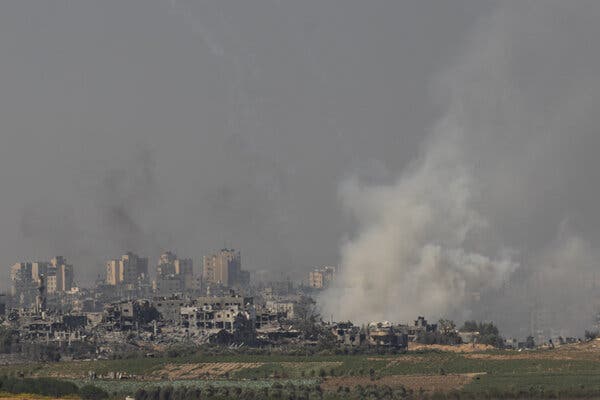Israel’s Use of AI in Gaza Conflict
In late 2023, Israel was attempting to assassinate Ibrahim Biari, a high-ranking Hamas commander in the northern Gaza Strip who was believed to have played a role in planning the October 7 massacres. However, Israeli intelligence couldn’t locate Mr. Biari, who they thought was hiding in the network of tunnels beneath Gaza.
Israeli officers turned to a new military technology infused with artificial intelligence, according to three Israeli and American officials familiar with the events. The technology had been developed a decade earlier but had not been used in combat before. The search for Mr. Biari provided a new incentive to improve the tool, so engineers in Israel’s Unit 8200, the country’s equivalent of the National Security Agency, quickly integrated AI into it.

Shortly after, Israel intercepted Mr. Biari’s calls and tested the AI audio tool, which provided an approximate location of where he was making his calls. Using that information, Israel ordered airstrikes to target the area on October 31, 2023, killing Mr. Biari. However, more than 125 civilians also died in the attack, according to Airwars, a London-based conflict monitor.
The AI audio tool was just one example of how Israel has used the war in Gaza to rapidly test and deploy AI-backed military technologies to a degree that had not been seen before, according to interviews with nine American and Israeli defense officials, who spoke on condition of anonymity because the work is confidential.
Over the past 18 months, Israel has also combined AI with facial recognition software to match partly obscured or injured faces to real identities. Additionally, they have used AI to compile potential airstrike targets and created an Arabic-language AI model to power a chatbot that can scan and analyze text messages, social media posts, and other Arabic-language data.


